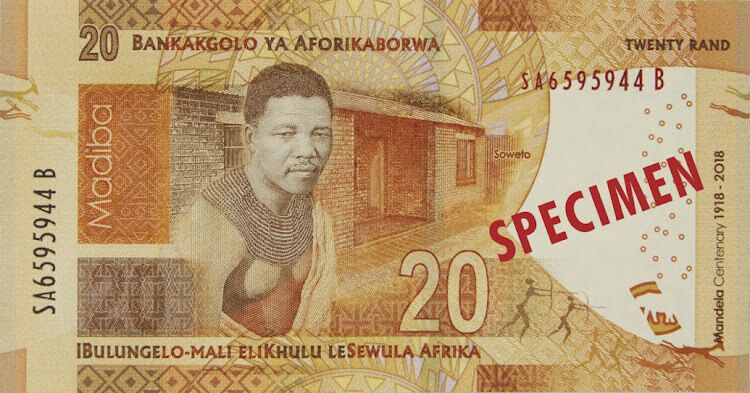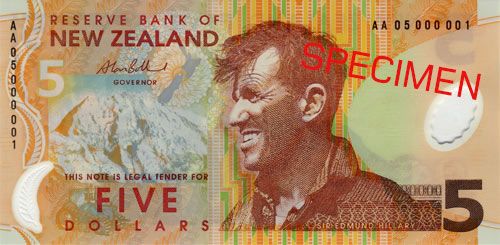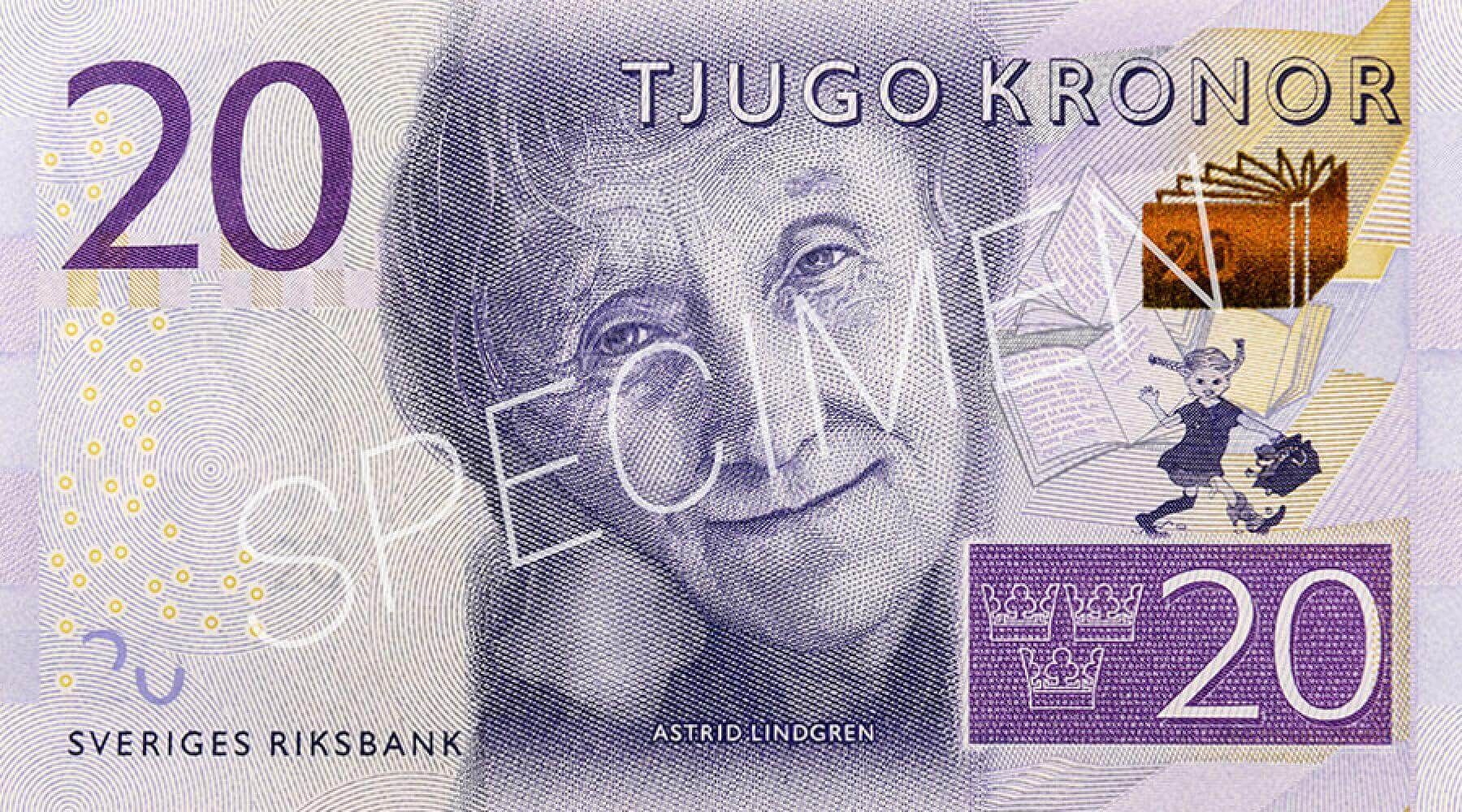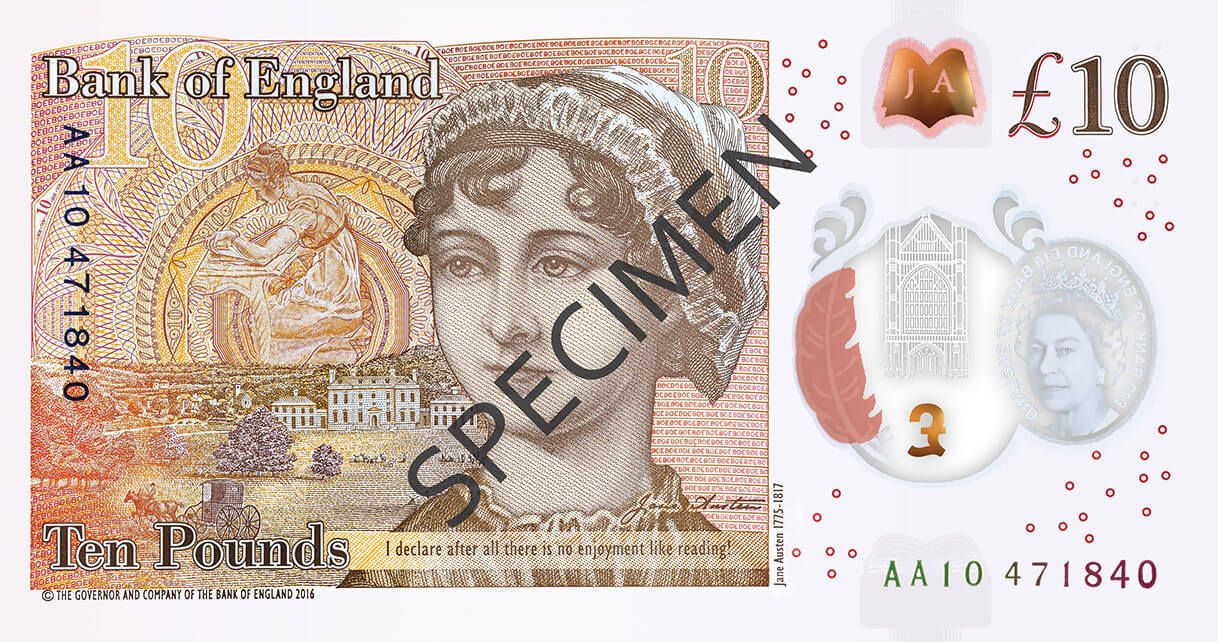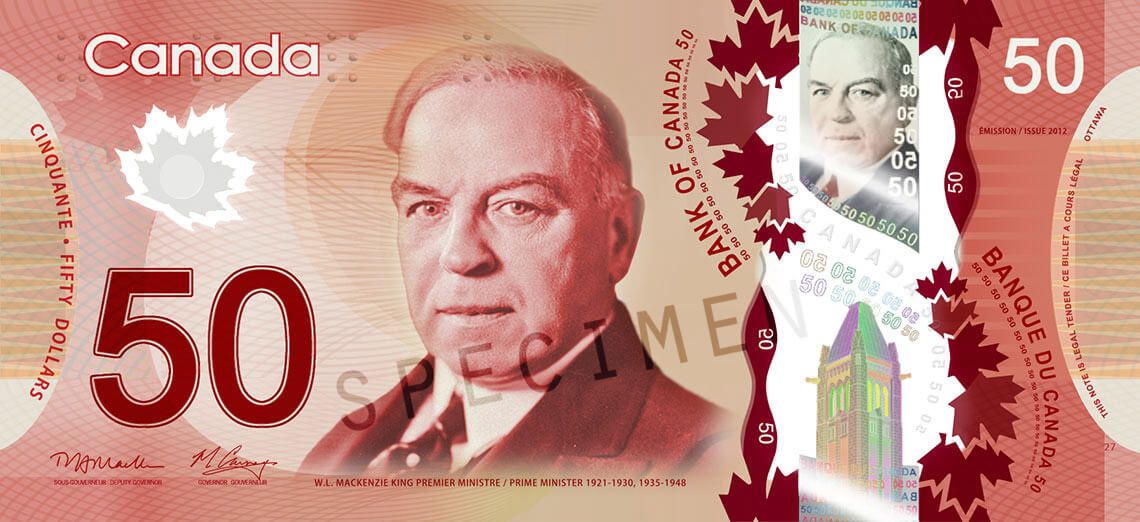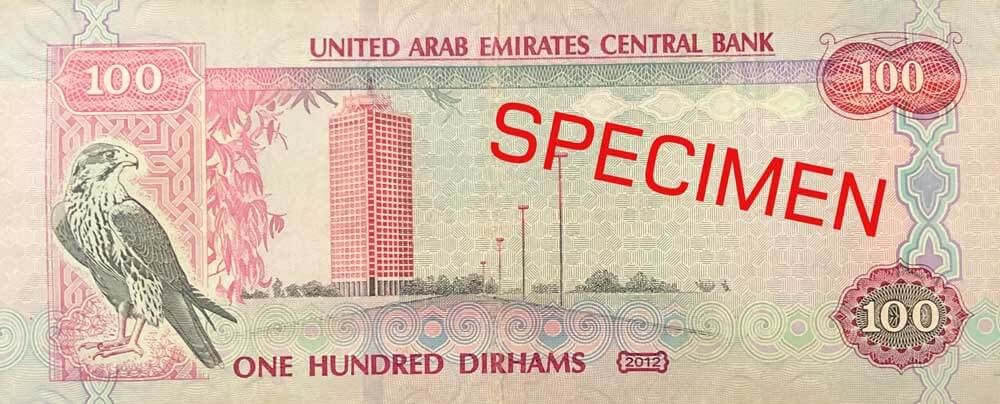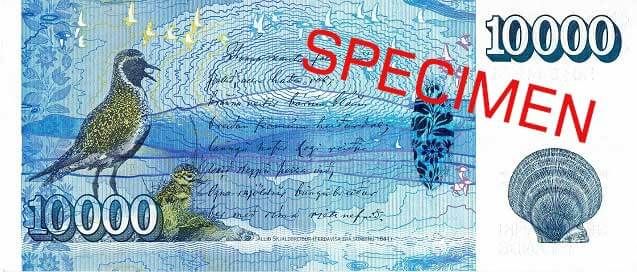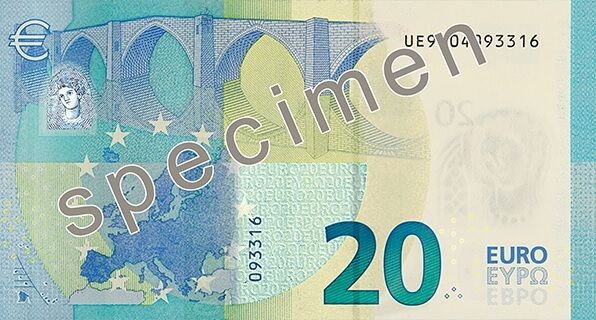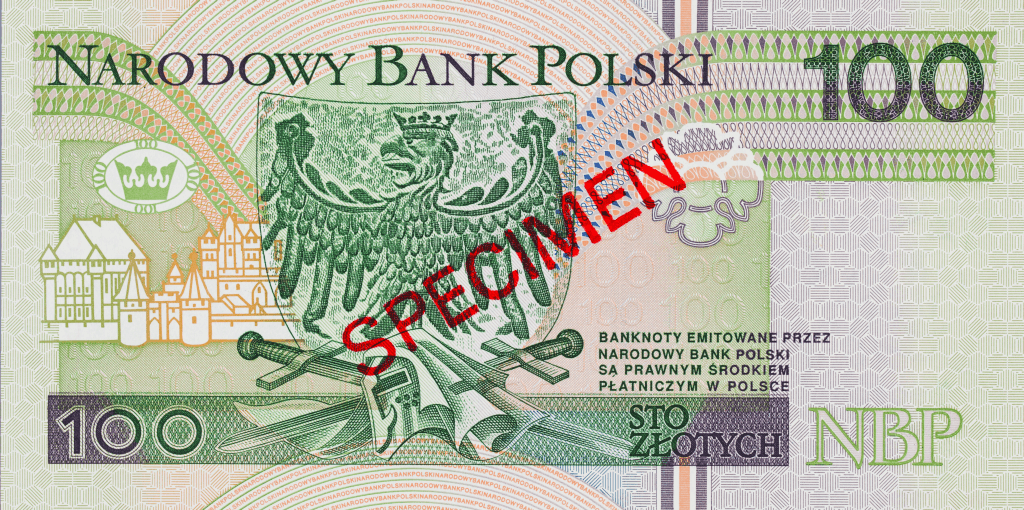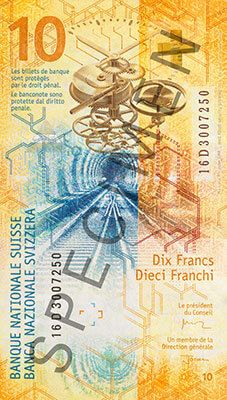The role of banknotes in promoting national identity and culture
Banknotes are one of the most visible symbols of a nation’s identity and culture. They are a physical representation of a nation’s history, its values, and its aspirations. As such, they have been used to promote national identity and culture for centuries.
Throughout history, banknotes have been used to convey messages of national pride, patriotism, and loyalty. For example, the first banknotes issued by the Bank of England in 1694 featured an engraving of Britannia, the female personification of Great Britain, on the front. Britannia was depicted holding a trident and shield, symbolizing British naval power and defense.
In Japan instead, the first series of banknotes issued in 1885 featured the phoenix, a symbol of the imperial family and Japan’s rebirth.
In this article, we will explore the role of banknotes in promoting national identity and culture, and how countries use their currency designs to showcase their rich history, achievements, and values.
Showcasing national identity through historical figures
Banknotes often showcase a country’s national identity by featuring images of historical figures who have played a significant role in shaping the country’s culture, traditions, and values. These figures could be leaders, artists, writers, or scientists who have contributed to the country’s growth and development in some way. Some examples are:
- South Africa: The 2018 issue “Mandela Centenary” includes all 5 South African rand denominations as a tribute to Nelson Mandela. The portrait on the frontside is based on a photograph taken by Benny Gool in 1994 and shows Mandela smiling and looking forward. On the backside each denomination shows different important aspects of his life such as his birthplace of Mvezo or his statue at the Union Building in Pretoria, South Africa.
- New Zealand: The New Zealand $5 note, issued in 2015, features the image of Sir Edmund Hillary, who was a New Zealand mountaineer, explorer, and philanthropist. Hillary is best known for being one of the first people to reach the summit of Mount Everest, the highest mountain in the world. He was also a committed philanthropist, founding the Himalayan Trust to support education and healthcare initiatives in Nepal.
- Sweden: The latest series of Swedish banknotes, introduced in 2015, feature historical figures such as Astrid Lindgren on the 20 kronor note, a Swedish author who is best known for her children’s book series featuring the character Pippi Longstocking. Lindgren’s works are beloved around the world and have been translated into more than 100 languages, making her an important cultural figure in Sweden and beyond.
- United Kingdom: The British £10 note of 2017 features the image of Jane Austen, a famous English writer known for her works such as Pride and Prejudice and Sense and Sensibility. Austen is considered one of the greatest writers in English literature and her works have been adapted into numerous films and TV series.
- Canada: The Canadian $50 bill from 2012, features the image of William Lyon Mackenzie King, a former Prime Minister of Canada who served for more than 21 years. King helped to shape Canada’s social welfare system and played a key role in Canada’s involvement in World War II.
Showcasing national identity through cultural diversity and heritage
Banknotes can serve as an educational tool, introducing citizens and the global community to a nation’s cultural diversity, history, and heritage. Many countries use their currency designs to celebrate their unique cultural aspects, such as:
- United Arab Emirates: The Emirati 100 dirham note of 2015, features images of traditional Arabic calligraphy and architecture. The note also includes a falcon, highly regarded and symbolic bird in the culture of the United Arab Emirates. Falcons have been used in falconry, a traditional hunting method, for centuries in the UAE and other countries in the region.
- Eurozone: The second Europa Series of euro banknotes, issued between 2013-2019, feature a variety of windows and gateways representing openness and cooperation. The bridges on the back represent understanding between the people of Europe and between Europe and the rest of the world.
- Iceland: The Icelandic 10000-krona banknote put into circulation in 2013, features an illustration of a plover, which is a species of bird commonly found in Iceland. The note also includes a topographical outline of Skjaldbreiður mountain, along with an excerpt from a poem by Jónas Hallgrímsson titled “Fjallið Skjaldbreiður” (The Mountain Skjaldbreiður) written in his own handwriting. The note also includes an image of a scallop shell, which is a traditional symbol of pilgrimage and spiritual journey.
- Poland: The Polish 100 złoty note of 2014, features an image of the Polish eagle on the escutcheon from the tombstone of King Ladislas II Jagiello. Below the shield, there are the following: a helmet, a Teutonic coat and two swords that refer to the victorious battle of Grunwald fought in 1410. On the left-hand side of the shield, there is an outline of the Castle of the Teutonic Order in Malbork. The Castle of the Teutonic Order in Malbork is one of the largest brick castles in the world and is considered to be one of the finest examples of Gothic architecture.
- Switzerland: on the latest issue of the Swiss 10 franc banknote from 2017, there are two rail tracks connecting the world’s longest railway tunnel, the Gotthard Base Tunnel, part of the world’s most dense railway network reducing the time for traversing the Alps in Central Switzerland. The watch’s movement instead symbolizes the country’s strong organizational talent.

